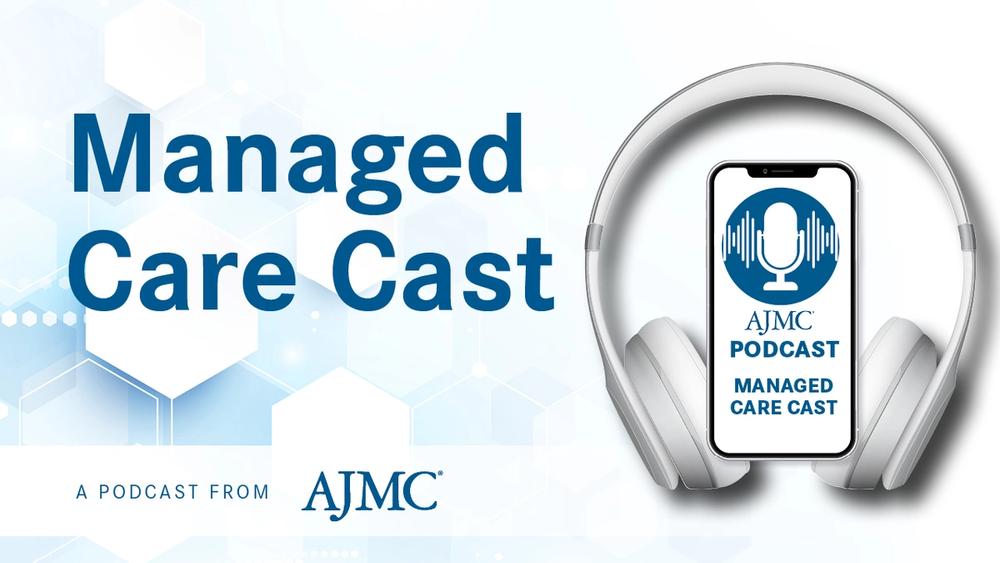News
Video
Enhancing Patient Navigation Through Tailored Technology: Mike Fazio
Author(s):
Mike Fazio, director of value-based care at Navista, Cardinal Health, discusses a trending topic at the 2025 Community Oncology Conference: optimizing oncology care with technology.
In today’s evolving health care landscape, independent practices are navigating a growing shift toward value-based care. Building effective patient navigation programs amid this shift was a key topic at the 2025 Community Oncology Conference, organized by the Community Oncology Alliance (COA), in Orlando, Florida.
Mike Fazio, director of value-based care at Navista, an oncology practice alliance, explained how tools that enhance patient navigation and care coordination are facilitating the adoption of value-based care for practices across the spectrum, whether they're just beginning or they're continuing to progress with value-based models.
This transcript has been lightly edited; captions were auto-generated.
Transcript
How is technology, including data analytics and care coordination platforms, transforming the role of patient navigators?
What we see with our practices really varies depending on how they've adopted technology. Some went out and brought in technology to provide a solution right away. Others use their own resources and use technology to enhance those services that their resources conducted. We see more success when technology supports the effort of the practice, instead of totally delegating or relying on technology to do that for them. So, thinking about that success, we look at what technologies can best meet the needs of that practice to stand that up. And their resources needed to be bought in, because ultimately, they will be using the technology to support their work.
With patient navigation and care management, again, starting with the resources of the practice and what their needs are for their patients, what technologies can help them do their job more efficiently and easily, and facilitate that work. So for navigation, for example, SDOH [social determinants of health] screening tools have been an administrative burden, as we know, whether that's in EOM [Enhancing Oncology Model], whether you're doing that just because it's the right thing to do for your patient, your practice. So, helping to facilitate that and make that screening easier is something we have an eye on for technology, and we found some vendors that do that.
There are other cases where we don't think it actually helps, and in facilitating, we get that from the resources. Again, they'll be using the tool—you know, those clinicians; so for navigation, it's social workers, care navigators, and those that support those services and roles. Ultimately, they will be the owners of that technology. And so, what can best help and support them in their job? That's how we look at it.

AACR Results Seek Solutions to Precision Medicine Challenges

AACR Results Seek Solutions to Precision Medicine Challenges
2 Commerce Drive
Suite 100
Cranbury, NJ 08512
© 2025 MJH Life Sciences® and AJMC®.
All rights reserved.



